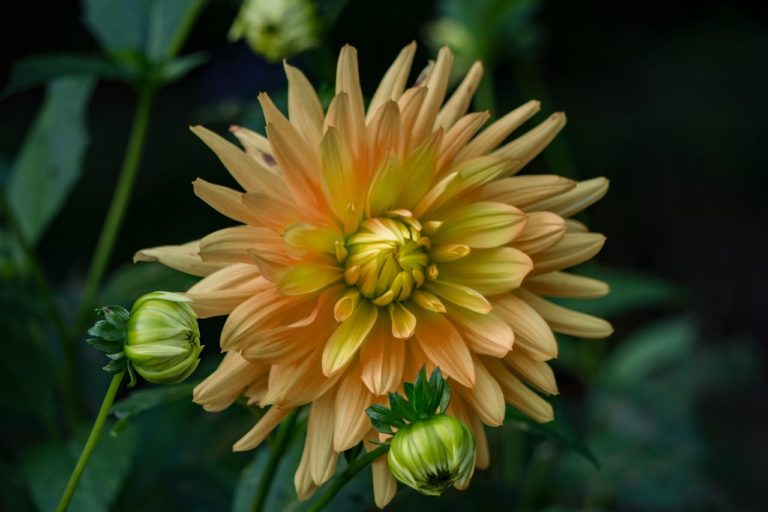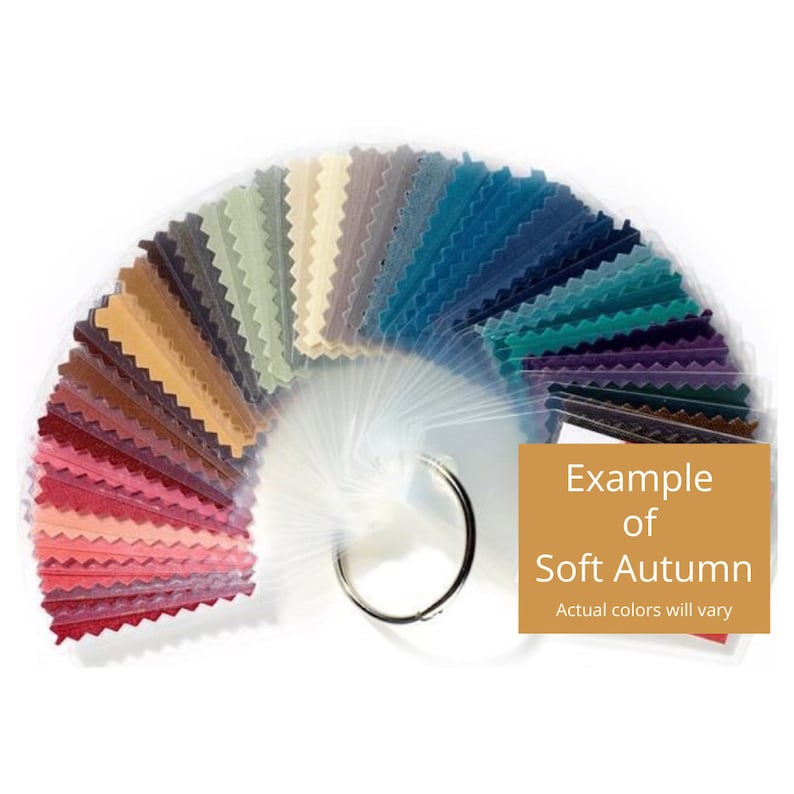
Different types of notes require different actions (click, hold, flip, etc.), notes are displayed at varying speeds and the highest difficulty levels feel more like “bullet hell” games than rhythm ones. While the main mechanic is straightforward, developers have put in incredible effort to make their creations more complex for users of all skill levels. How hard could pressing notes on time be? So, despite my lethargy, I dove head first into this new genre, expecting the video game equivalent of comfort food - and hey, maybe even come out with some leaderboard titles. If it was just clicking buttons to match the song, I could even enjoy it in the comfort of my bed. Turns out, for someone who was deeply burnt out, that sort of simple gameplay was exactly what I needed. Why bother trying if all great players can do is press some notes faster than the average person? I thought their mechanics were too simple to enjoy. And, while I have dabbled in them occasionally (I mean, who hasn’t tried out “Dance Dance Revolution” only to fall face first on the floor?), I never considered myself a fan. As the name suggests, this genre consists of games where you must press keys to the rhythm of whatever song is playing. Yes, I know, it doesn’t sound like it would work - even for an avid gamer like me. Thankfully, I was introduced to something powerful enough to break the lethargy: rhythm games. Even the sheer act of getting up from bed and turning on the PlayStation4 feels like a colossal achievement. Not sure or want some more guidance figuring out your season? I’ve created a guide that will help you digitally “drape” yourself and figure your season in under 30 minutes.Since the start of this heat wave, I have felt bogged down a lot more than usual, with most of my energy drained by the time I get home. Then, choose colors for your clothing that have the same undertone. If you take nothing else from this, you will want to determine if your skin, hair, and eyes have a neutral, warm, or cool undertone. Finding your season is just a starting point to help you figure out the color palette you may want for your wardrobe. Of course, you can always experiment outside of your season, as well! For example, my season does not have black or gray in, but I find if I wear blacks that don’t have blue undertones and warmer grays, that it is flattering. You are probably safe wearing any color in your season, but if you want the most flattering option, try to stick to your subtype. Each season is then broken down into a subtype like cool or soft or deep, which just tells you how vivid or muted the colors are in this season you should wear. Seasons are used because we already associate certain colors with each season, like white snow in the winter, rich red leaves in the fall, kelly green grass in the summer, or pastel pink flowers in the spring. The colors in your season will complement your features best, and you probably already reach for some of these colors! Then, depending on how light or dark each of those things are, it puts you into a “season”: Spring, Summer, Autumn, or Winter. Seasonal Color Analysis takes the coloring and undertones of three things into account: It’s what looks good on and complements my skintone and hair.

TRUE AUTUMN FAN FULL
It isn’t just preference, because my house is full of bright colors.


I like red, but only particularly shades. I like pink and bright yellow, just not on me. I ended up with a rainbow of a closet, but I only reached for things in certain colors. Before I started to care about my style, I just wore and bought whatever struck my fancy. “What the heck is a seasonal color analysis and why should I care?” - what you’re probably thinking.


 0 kommentar(er)
0 kommentar(er)
